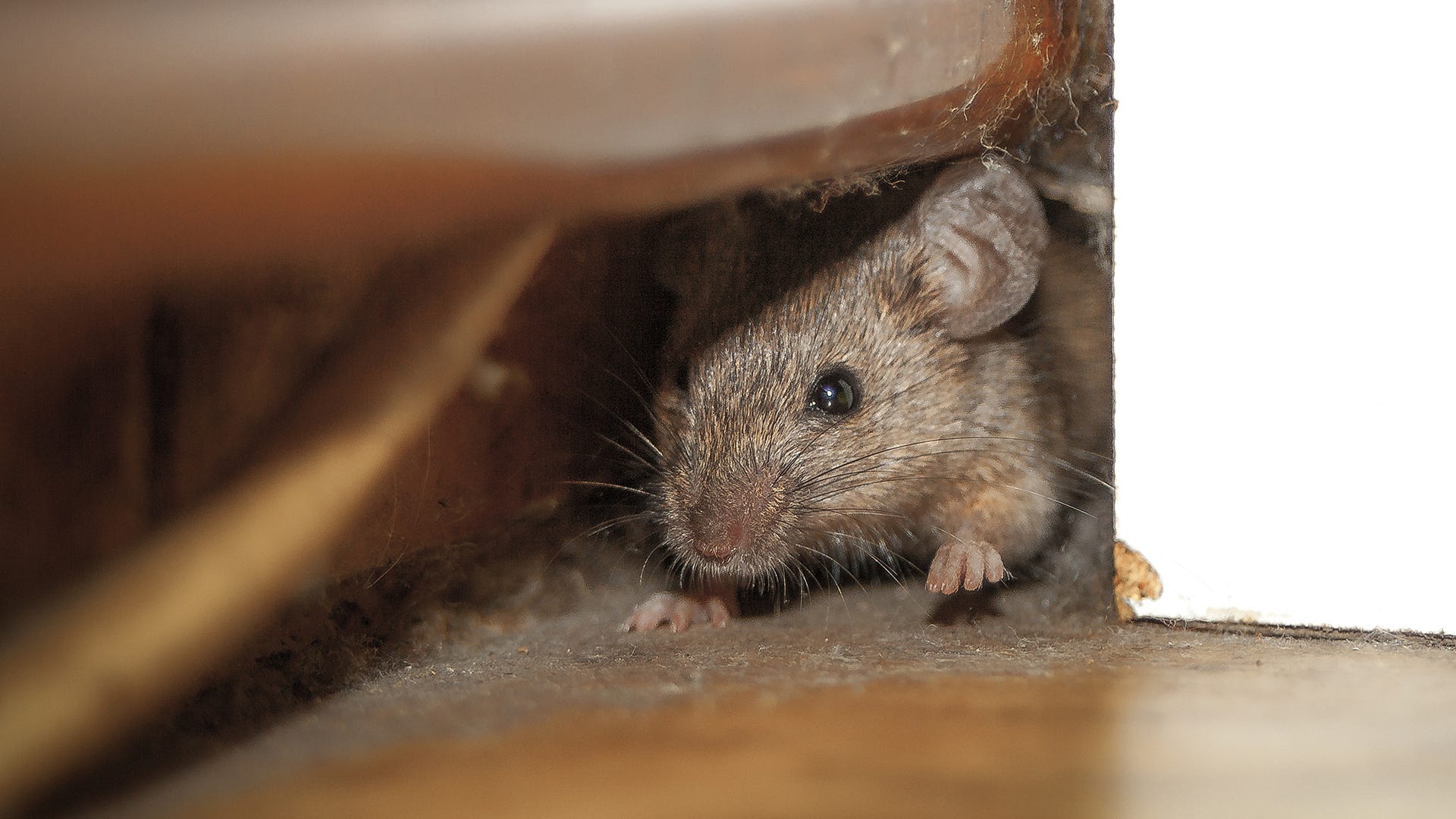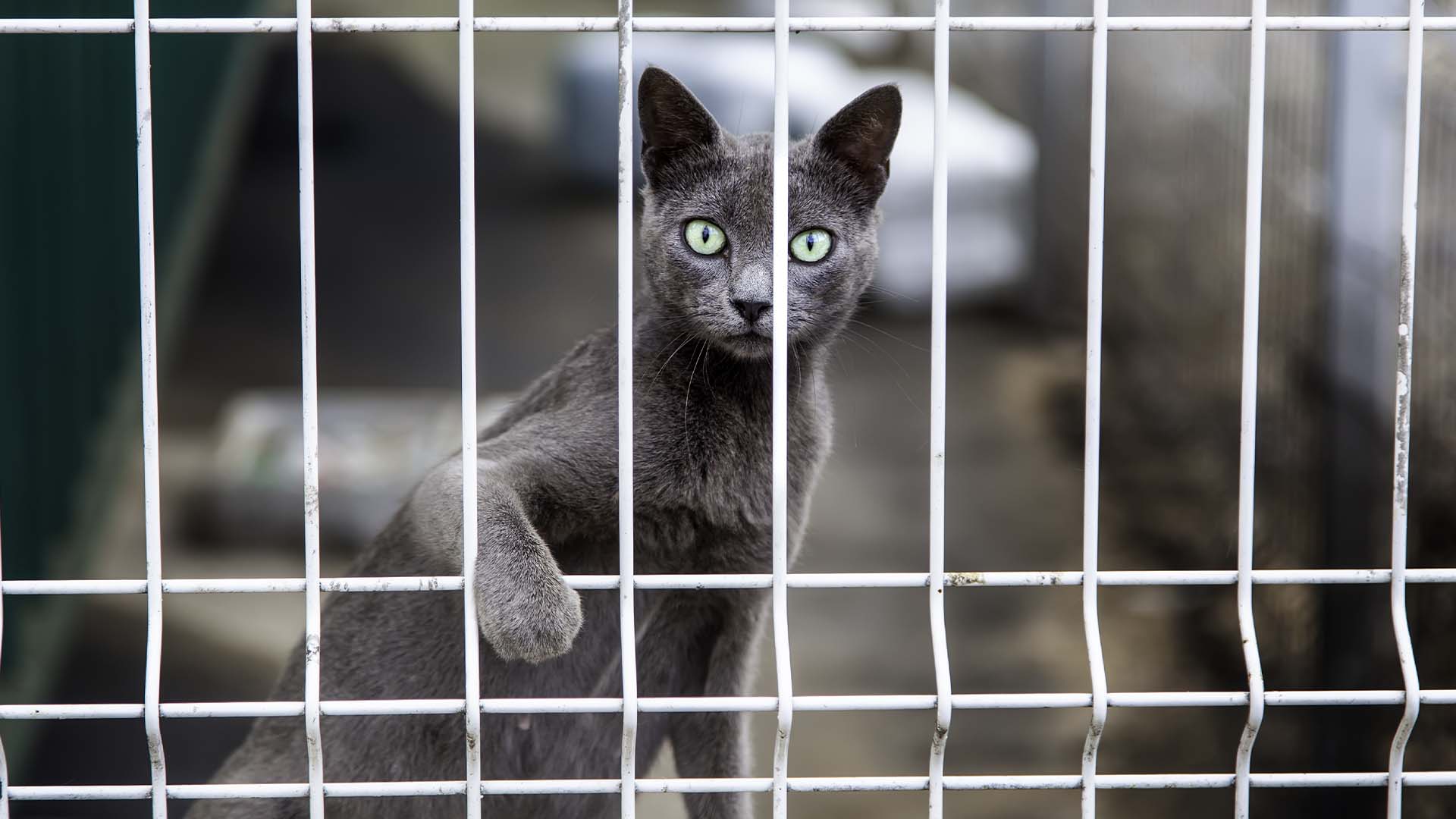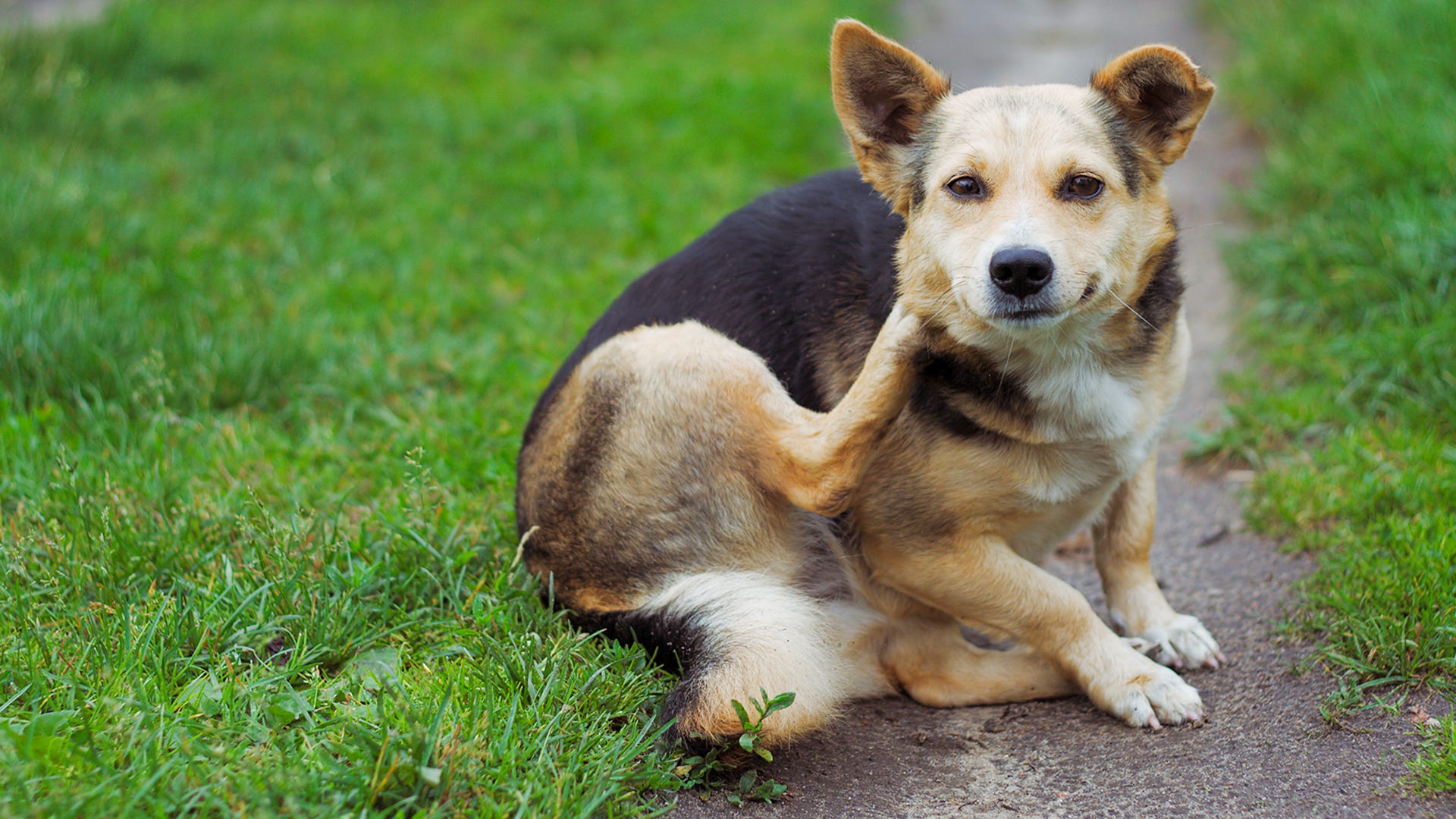
Your indoor spaces sometimes can provide more than storage, workspaces, or housing for your family and pets. Nuisance animals may invade homes, buildings, poultry houses, warehouses, sheds, and more in search of food and/or shelter. Luckily, live trapping is a great way to get rid of these unwanted visitors*. Depending on your structure, you can take some extra measures to ensure a more effective catch.
*Before setting a live trap, please become familiar with your local laws regarding trapping, relocating, and releasing wild animals.
Houses or Small Buildings
Generally, live traps are used inside houses to catch rodents like rats and squirrels. When catching one of these rodents in a building, place your trap along the wall, by the side of a feed box, or in the area where you suspect the animals enter the building. Rats like to keep out of sight, so if you are catching a rat, lean a board or other large object against the wall over the trap to form a covered passageway.
Attics are frequent places where you might find small animals like raccoons, squirrels, and opossums. If your attic space is particularly exposed or has had nuisance animal problems in the past, it‘s a good idea to place a baited live trap against the insulation, wall, or under spaces.
Be sure to cover or close any holes where animals either enter or travel from one place to another, to limit mobility. Then, place several baited traps near these passageways. This will make rats or squirrels more likely to enter one of your traps. Check traps frequently to release the trapped animal.
Poultry Houses
Despite your best measures to keep your poultry house safe against rats, weasels, foxes, cats, dogs, etc., hungry animals may still find a way to enter. Even if you don’t see signs of predators one day, you may have an invasion the next. The best way to prevent such an issue is always to keep a trap set inside.
For best results, set your trap with a cup of fresh water balanced on the trip plate, and reset it each day.
Warehouses
In large buildings, sheds, and warehouses where there may be many entrances, traps should be placed in relatively secluded places along walls, under stairs, and along passageways. In this scenario, it’s best to use a two-door trap, with both ends set open. Keep these traps baited at all times.
Areas with Dense Predator Populations
To protect against dogs, foxes, coyotes, or wolves, place a one-door trap at one entrance of a building, barn, or other space you are trying to keep safe from predators. Be sure to securely close every other potential entrance. This way, an animal that wants to enter has no choice but to use the entrance covered by the trap.
More Trapping Tips & Products
Havahart® allows you to handle your problem with nuisance animals humanely. To learn more about how to trap a wild animal that may be causing a problem on your property, check out our expert tips page. Let us know how your indoor trapping goes – and if you’ve got any tips for us feel free to share them on our Facebook page. While you’re at it, sign up for our e-newsletter to get great tips delivered right to your inbox!



